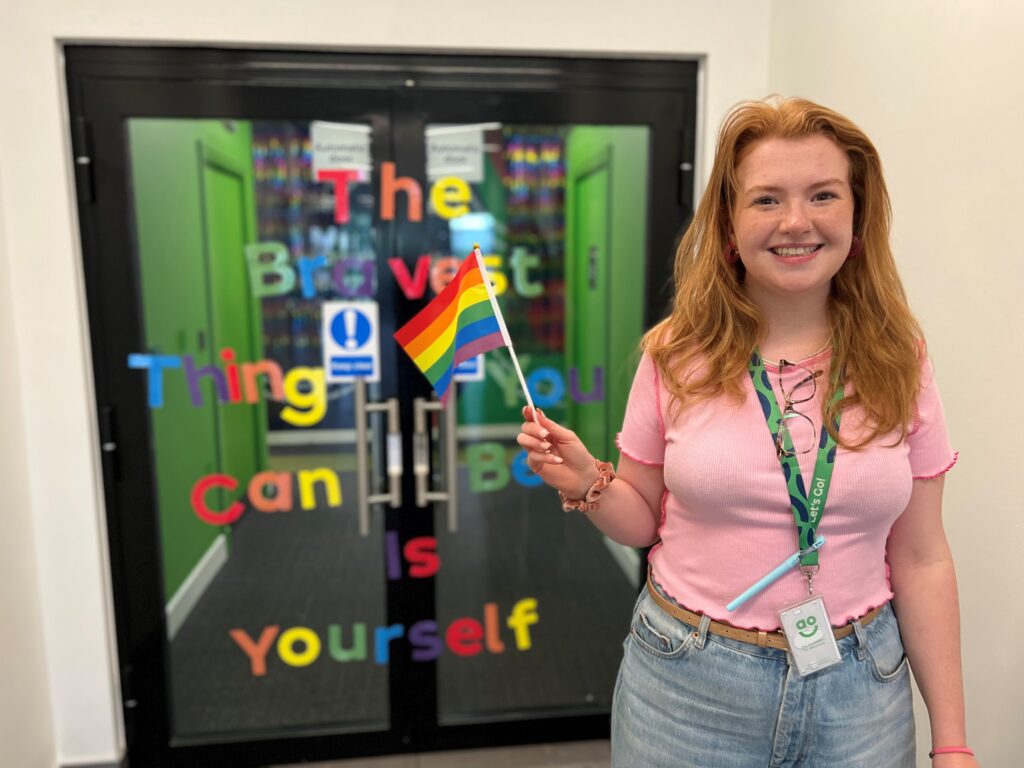My name’s Holly and I choose to identify as Queer – this is represented by the Q in LGBTQ+.
My journey with sexual identity has only developed in recent years. I first decided to ‘come out’ as Bisexual in 2019 to my closest friends. I remember the day I decided I wanted to tell people – I couldn’t sleep the night before in fear of not being accepted for who I was.
Getting the words out felt impossible at the time, but once I was able to share this part of myself the relief was unmatched. The response from my friends and family felt almost anticlimactic, like a non-reaction, just kind and warm and happy for me.
I feel blessed to be surrounded by people who are accepting of who I am because I know ‘coming out’ isn’t as easy as that for everyone in the community.
Since that time, I have changed how I choose to identify.
Around 18 months ago, I began to realise that I didn’t feel connected to the label Bisexual anymore, but I didn’t feel like any other existing labels suited me either.
It was at this point I decided to use the term ‘Queer’ when referring to my sexual identify.
Queer is an umbrella term that describes sexual and gender identity other than cisgender (gender assigned at birth) or heterosexual (straight). For example, individuals who are Lesbian, Gay, Transgender, or Asexual may identify as Queer.
Some individuals may also use this term if their sexuality or gender identity does not conform to any pre-existing sexual orientations (like me!) or if their gender identity changes repeatedly.
Unfortunately, throughout history, people have used the term as a slur against individuals whose sexuality and gender identities do not align with their own expectations. However, today most people proudly use “Queer” to describe their gender identity or sexual orientation.
Queerness is more than just sexual orientation or gender identity. It’s more of a dynamic and fluid movement that is not within the cisgender norm and heteronormativity.
In other words, Queer is a term that clarifies that someone is not straight, and ties them to a larger group without just categorising them as Gay. Queer as an identity is for all those outside the heterosexual binary. It is meant to be inclusive and create a sense of acceptance.
Walking into work each morning is as easy as that for me.
Even though there has been great improvement in society in terms of embracement and acceptance of Queer individuals, the act of ‘coming out’ to work colleagues can still be daunting.
How I choose to identify at AO doesn’t pose any issues for me because I know my colleagues wouldn’t let it. I’m more than comfortable to share who I am with my AO family and enjoy the opportunity to educate the curious.
I am able to live and work truthfully to myself.
You don’t have to label yourself, but it can help in understanding elements of who you are. Just be who you are and what you want



